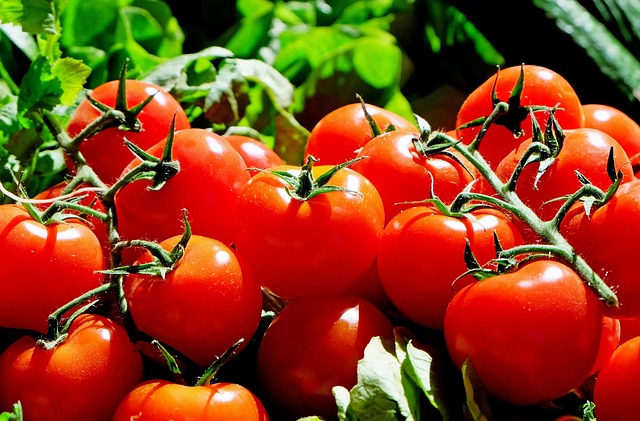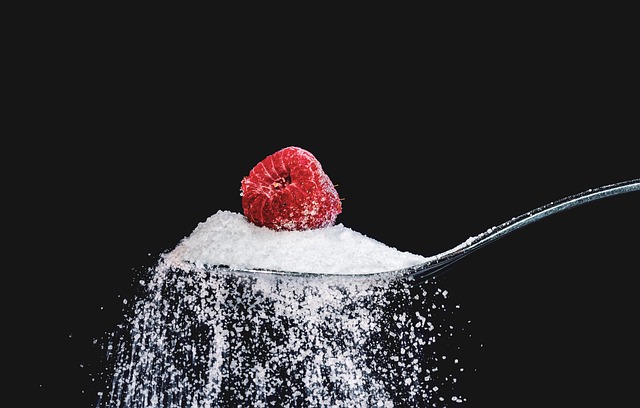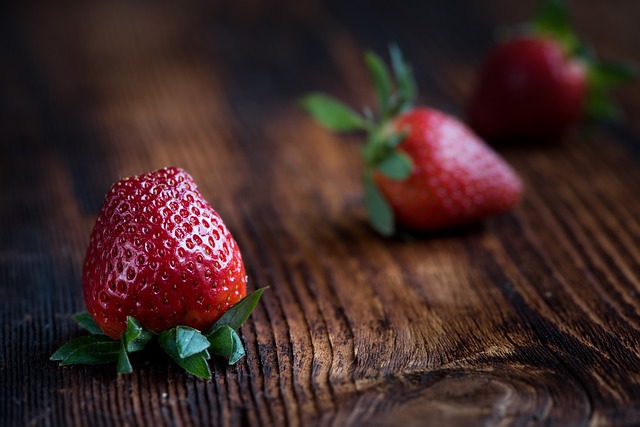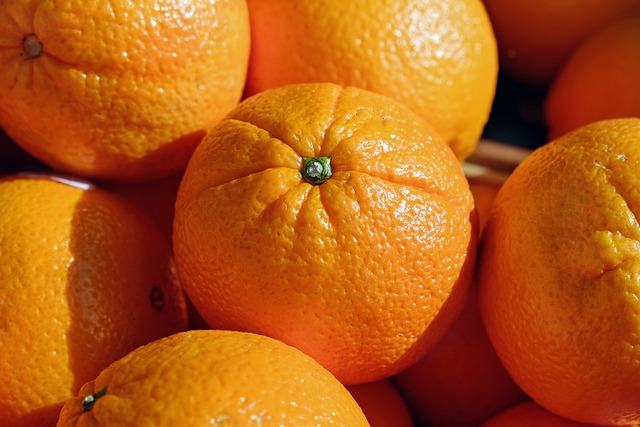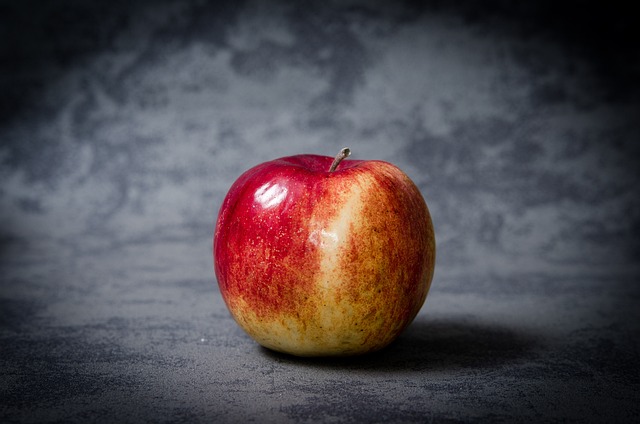Beyond Yogurt: Exploring Deliciously Creative Ways to Include Probiotics in Your Diet
In recent years, the importance of maintaining a healthy gut has gained significant attention. A key component of gut health is the presence of probiotics – live bacteria and yeasts that are beneficial to our digestive system. While yogurt has long been hailed as an excellent source of probiotics, there are numerous other deliciously creative ways to incorporate these gut-friendly bacteria into your daily diet. Let’s take a closer look at some lesser-known, yet equally effective, sources of probiotics:
Sauerkraut
Sauerkraut, a traditional fermented cabbage dish, is not only rich in vitamins and fiber but also teeming with probiotics. When cabbage is salted and left to ferment, beneficial bacteria like Lactobacillus and Leuconostoc multiply, creating a tangy and nutritious condiment. Add sauerkraut to your salads, sandwiches, or enjoy it as a side dish to introduce probiotics into your meals.
Kombucha
Kombucha, a fermented tea beverage, has gained popularity for its refreshing taste and probiotic content. This fizzy drink is made by fermenting sweetened tea with a culture of bacteria and yeast known as a SCOBY (Symbiotic Culture of Bacteria and Yeast). Not only does kombucha provide probiotics, but it also offers antioxidants and enzymes that can support a healthy gut. Explore various flavors of kombucha available in stores or try making your own at home.
Miso
Miso, a staple in Japanese cuisine, is a fermented soybean paste that packs a flavorful punch. It is made by fermenting soybeans with koji, a type of fungus, and salt. The fermentation process not only creates a unique umami taste but also generates probiotics in the form of various beneficial bacteria. Miso can be used to make soups, marinades, dressings, or even spread on toast for a quick and nutritious snack.
Kimchi
Kimchi, a spicy fermented vegetable dish, is a culinary gem from Korea. Typically made from cabbage, radishes, and a variety of seasonings, kimchi goes through a fermentation process that enhances both its taste and probiotic content. Lactobacillus, one of the common probiotic strains found in kimchi, helps support digestive health. Add kimchi to stir-fries, rice bowls, or enjoy it as a side dish to introduce probiotics into your diet.
Tempeh
Tempeh, a traditional Indonesian soy product, is created by fermenting soybeans with a fungus called Rhizopus oligosporus. The fermentation process binds the soybeans into a compact cake form, making tempeh rich in probiotics as well as protein. This versatile ingredient can be marinated, grilled, baked, or crumbled into various dishes like stir-fries, salads, or tacos as a plant-based source of probiotics.
Pickles
Who knew that pickles could offer more than just their tangy flavor? Traditional pickles made through fermentation (not quick vinegar pickles) carry a dose of probiotics. Cucumbers, along with other vegetables, are submerged in a brine solution, allowing lactic acid bacteria to thrive and convert the sugars into lactic acid. These pickles, often found in refrigerated sections or fermented food markets, are a tasty way to introduce probiotics into your diet.
Conclusion
While yogurt is a wonderful source of probiotics, don’t limit yourself to this classic option alone. Expand your horizons and savor the diverse array of probiotic-rich foods available. Incorporating sauerkraut, kombucha, miso, kimchi, tempeh, and pickles into your diet can not only improve gut health but also add delightful flavors to your meals. Experiment with these creative options and enjoy the benefits of a well-balanced gut!

